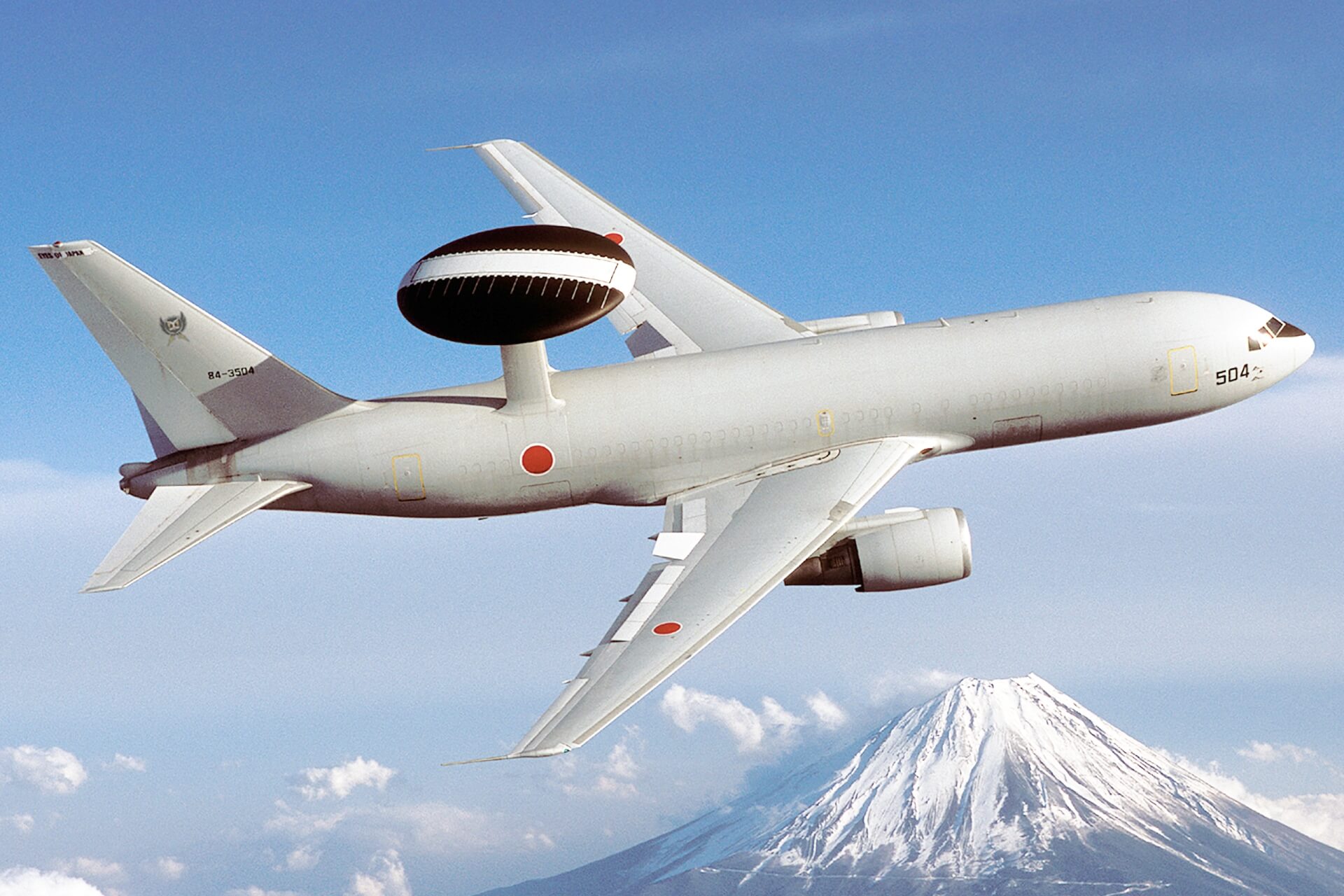China has destroyed what appeared to be an object resembling a Japan Self-Defense Forces (SDF) aircraft in a desert area of Xinjiang, reported Asia Nikkei, citing the latest satellite images.
The object might have been used to practice missile attacks training on hypothetical targets in Japan. The report said that the region is believed to be under Chinese military control, and several objects resembling American warships have also been observed there.
In a previous article, the EurAsian Times mentioned that satellite images taken of the same area in mid-May showed an object that resembled an E-767 aircraft of the Japanese Air Force.
The aircraft is an airborne warning and control system (AWACS) of the country’s Air Force. The latest photo, taken on July 13, shows the destroyed object, debris, and black burn marks.
INDO-PACIFIC SECURITY | CHINA DRILLS WITH JAPAN IN MIND
Satellite photos show China destroyed object similar to Japan plane. https://t.co/rFQ8schzAQ
— Nikkei Asia (@NikkeiAsia) July 15, 2022
As of July 2, the object was still visible in previous satellite images, the report states. The exact timing of the latest event is unclear due to the weather that made it difficult to take pictures on some days.
However, it seems like the object was destroyed in the first few days of July. It is the first known instance of an SDF aircraft-like object being destroyed.
Boeing manufactures the E-767, and only four exist, all stationed at Hamamatsu Air Base.
The four AWACS aircraft operated by the JASDF are “flying command posts.” These are vital because they help detect enemy military movements in airspace far from conflict areas.

There has been speculation that China is running these simulations to make rough plans for an invasion of Taiwan. To achieve this, Beijing must limit the movements and capabilities of the US and its allies, including Japan.
Analyzing previous satellite images reveals that the AWACS-shaped structure was set up in the spring of 2021. The incident occurred after the Japanese and American governments shared a document explicitly mentioning the Taiwan Strait. Over the past year or so, China may have used such a structure for military training.
The object is thought to have been destroyed sometime in early July when China and Russia were reportedly conducting military exercises close to Japan. On July 4, Russian and Chinese naval ships sailed into the area surrounding the Senkaku Islands.
Is Beijing Enhancing Missile Capabilities?
Jeffrey Lewis, a professor at the Middlebury Institute of International Studies at Monterey and a specialist in the military analysis of satellite photos, told the Asia Nikkei that the destruction of the E-767-shaped object was a test of some ballistic missile.
Similarly, Tom Shugart, an adjunct senior fellow at the Center for a New American Security, believes that a missile has been utilized in the latest case. He added that if the mock target’s objective was to test a missile warhead’s capacity to identify and target particular high-value aircraft, that capability was successfully tested.
He claimed that if China has the missile capabilities implied by the photos, then the deployment of such a weapon could enhance the PLA’s capacity to attack important aircraft like the E-767.
Regarding how the object was destroyed, though, not every expert agrees. The fighter-shaped object is still there, according to Kiyofumi Iwata, a former chief of staff of the Japan Ground Self-Defense Force, who notes no signs of impact are visible.
He speculated that the AWACS object “may have been set ablaze rather than being hit by a missile.”
Regardless, China destroyed the SDF mock-up after using it for training. Satellite images demonstrate that China has started dismantling the surrounding structures, including the runway and tarmac.

The images of these structures are the most recent example of how satellite imagery can reveal information about the strategic priorities of China’s covert military. Earlier satellite images showed the expansion of harbors, runways, and other indications of military base construction on islands in the South China Sea.
Militaries worldwide create targets that look realistic for training; Iran, for instance, has used a replica of an American aircraft carrier. China is known to have used ship replicas as targets in its remote desert for almost two decades.
In 2013, multiple media reports claimed that a missile known as the “carrier killer,” the DF-21D, had destroyed a structure modeled after the body of an American aircraft carrier.
- Contact the author at ashishmichel@gmail.com
- Follow EurAsian Times on Google News




